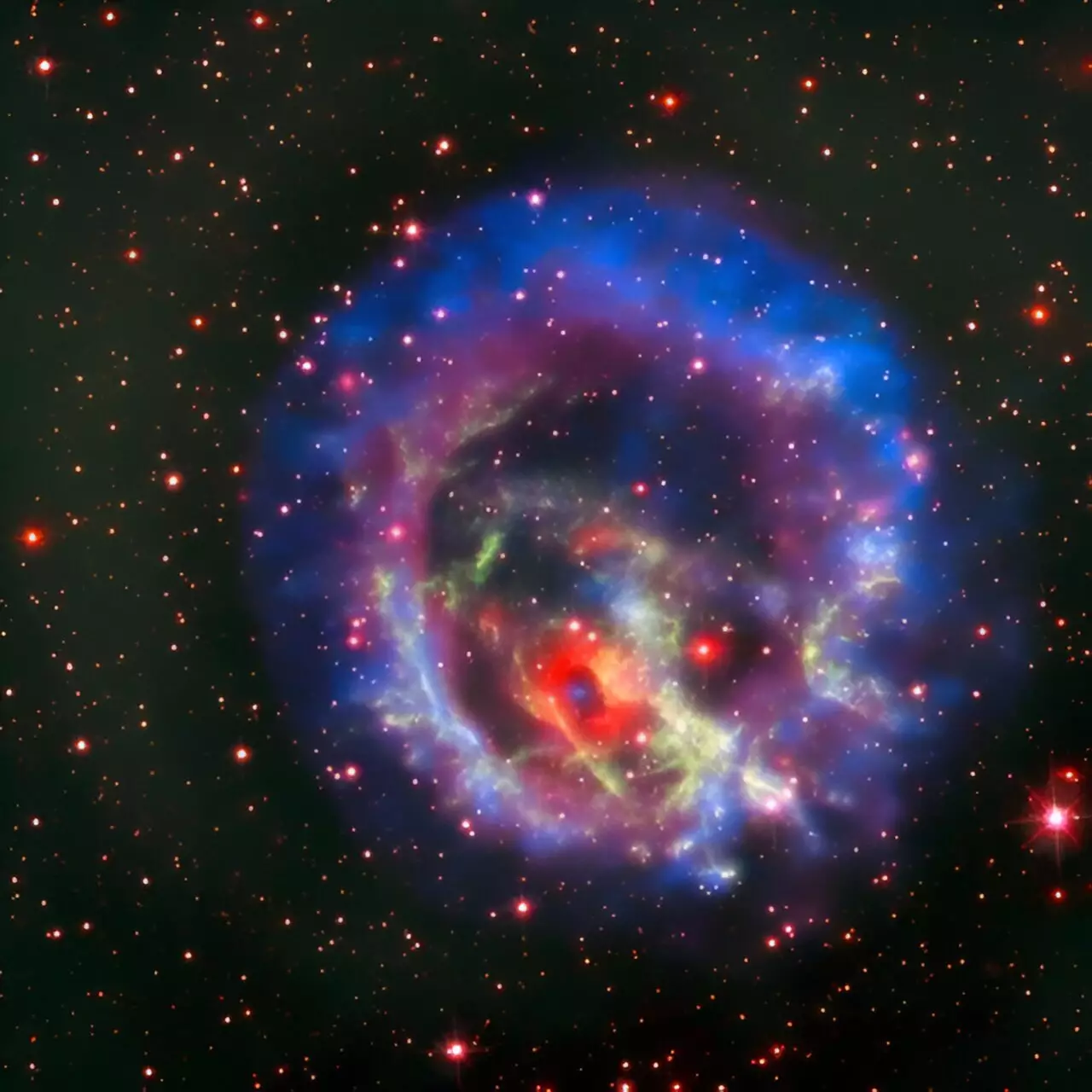

The pursuit of knowledge regarding the fundamental nature of matter has led physicists to explore a phase that existed in the early universe. This endeavor involves recreating extreme conditions akin to those present during the Big Bang through sophisticated laboratory experiments. In this context, recent theoretical findings suggest an unexpected opportunity: these high-energy collisions may also yield the world’s strongest electromagnetic fields. This intersection of plasma physics and high-energy particle collisions opens new avenues for scientific research and could help us uncover phenomena previously thought to be unreachable.
To generate the extreme conditions of matter, physicists rely on heavy ion collisions, where charged atomic nuclei are smashed together at varying energy levels. Historically, these experiments have emphasized achieving high temperatures through immense energy inputs. However, contemporary research indicates a significant shift towards intermediate energies that could generate high-density plasma. This transition is particularly important as it allows researchers to simulate environments similar to those found in neutron stars, supernova explosions, and the conditions present right after the universe’s inception.
Hidetoshi Taya, a physicist associated with RIKEN, emphasizes the importance of such experimental trials, stating that while theoretical frameworks exist, there remains a significant gap in our understanding due to uncertainty at ultrahigh densities. Thus, the call for empirical validation through focused experimentation is more pressing than ever. Scientific inquiry into these extreme states of matter is critical for not only progressing our understanding of the cosmos but also elucidating the underlying principles that govern the universe.
The discovery of potentially strong electromagnetic fields arising from heavy ion collision experiments is a significant development. Taya’s prior research into intense lasers has laid the groundwork for understanding how similar fields can emerge during particle collisions, proposing that these novel electric fields could be generated under specific conditions. Electromagnetic fields of such intensity have never been produced on a comparable scale in existing laboratories, presenting an extraordinary opportunity for physicists to investigate new physics phenomena.
For context, Taya compares the strength of intense lasers to that of a hundred trillion light-emitting diodes (LEDs), highlighting the vast difference between existing technologies and the projected fields from heavy ion collisions. The focus of this emerging research is not just on confirming the existence of these fields, but on the potential for discovering effects that cannot be recreated through traditional experimental setups. As Taya notes, these ultrastrong fields might lead to groundbreaking insights into strong-field physics, marking a leap forward in our understanding of fundamental interactions.
Despite the promise that these findings hold, notable challenges remain. The fields generated in upcoming heavy ion collision experiments cannot be directly measured. Instead, physicists will rely on the properties of particles resulting from the collisions to infer the presence and characteristics of the electromagnetic fields. This indirect measurement poses a challenge for validating Taya’s theoretical predictions, necessitating a deep understanding of how these strong fields influence the particles produced in collisions.
In essence, the endeavor to unravel the mysteries of the universe’s strongest electromagnetic fields through practical experimentation brings us closer to understanding conditions that shaped the cosmos. As we set our sights on high-density plasmas and the extreme interactions that define them, we also learn the importance of observing the outcomes of these collisions. As Taya aptly notes, a detailed comprehension of how electromagnetic fields affect observable particles is essential for substantiating the theory.
The confluence of high-energy physics and the study of plasmas paves the way for groundbreaking advances in our understanding of the universe’s inception. As researchers prepare for experiments aimed at generating and observing the effects of extraordinarily strong electromagnetic fields, the scientific community stands on the brink of potentially seminal discoveries. The implications of unearthing new phenomena through these collision experiments could redefine our grasp of fundamental physics and reignite the ongoing quest to decode the cosmos. The intersection of theory and experimental physics in this realm promises a vibrant future filled with exploration and revelation.
In the realm of software development, the ability to swiftly and accurately address bugs is…
The realm of quantum computing and communication is not just an abstract dream anymore; it…
In a remarkable leap for the field of material science, a collaborative research initiative has…
Throughout Earth's vast history, our planet has endured five major mass extinction events that reshaped…
Rainfall is a vital element of our planet’s hydrological cycle, yet many aspects of its…
On a night when the universe aligns, a mesmerizing phenomenon awaits: the appearance of the…
This website uses cookies.